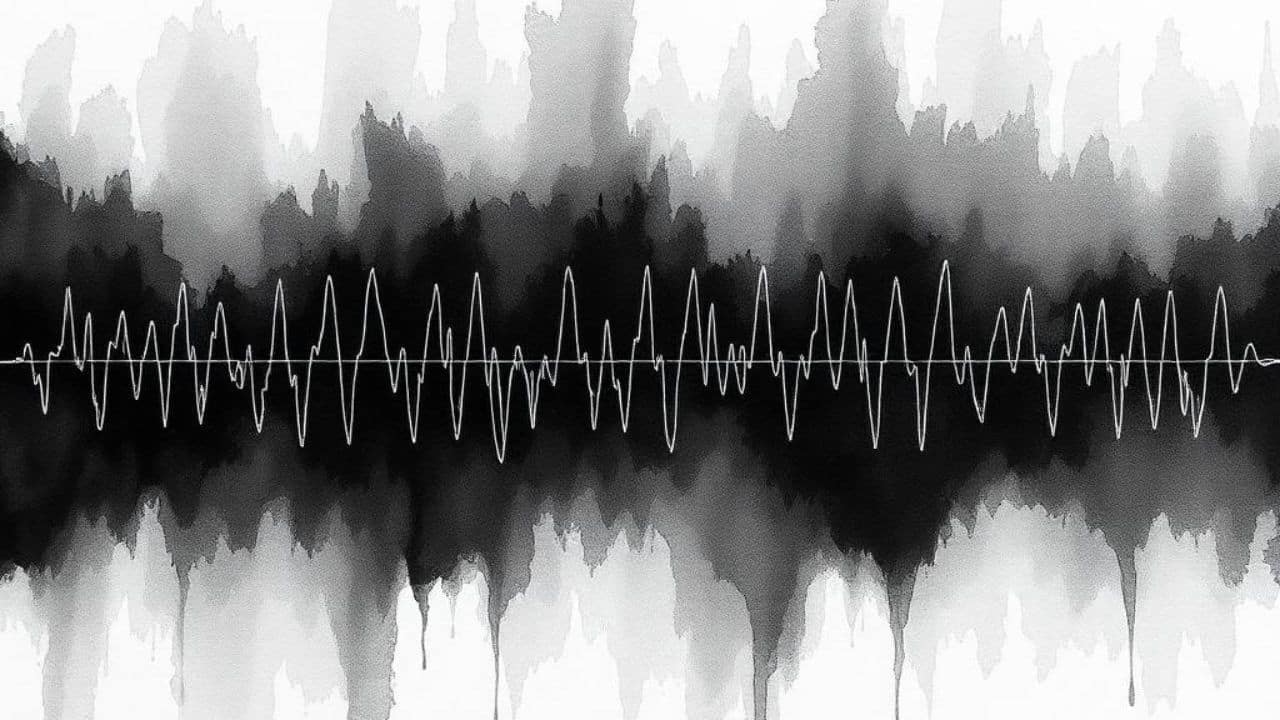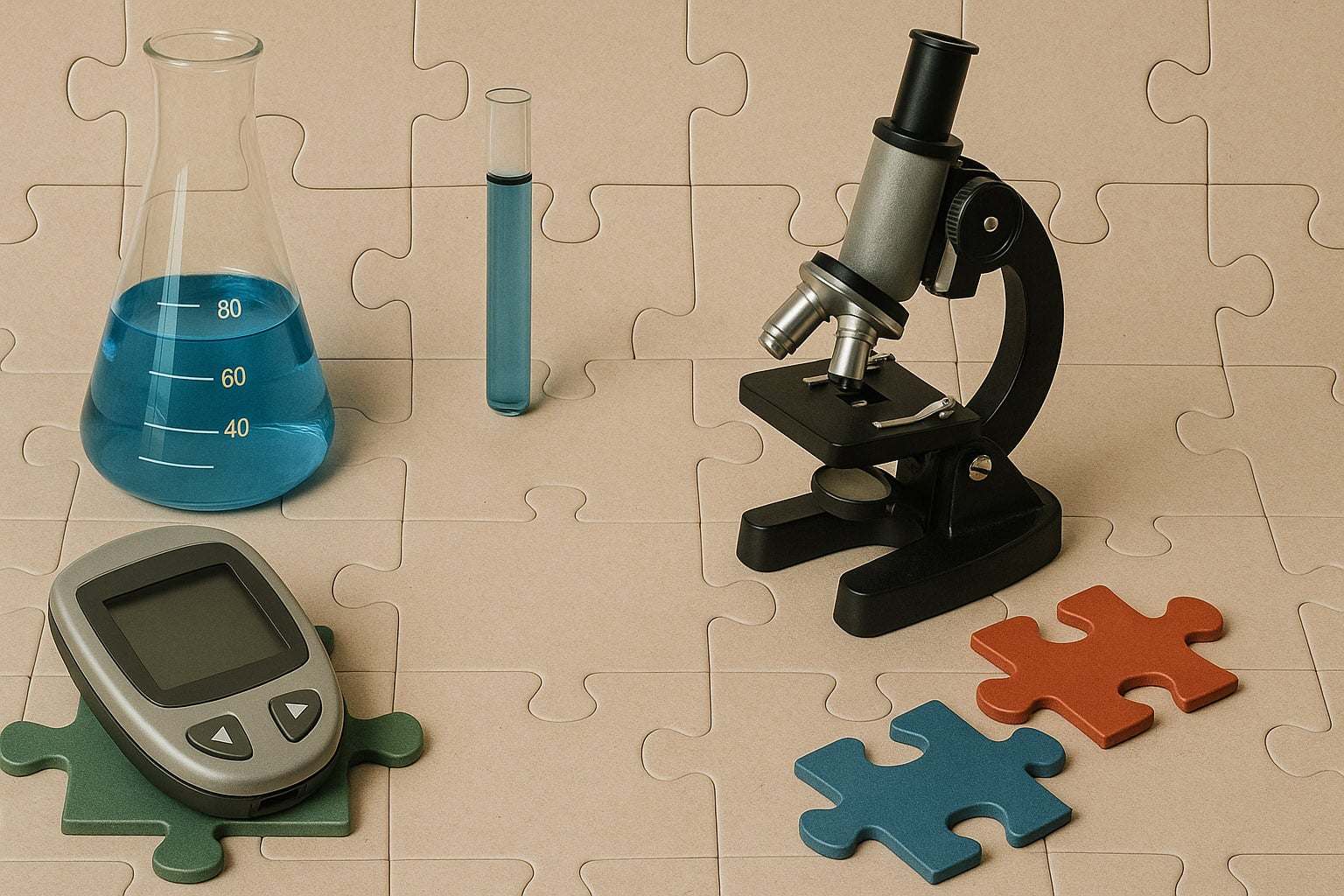-

Suspicious Minds: The Secrets of Fossil Brains
Dinosaur bones and the ‘hard parts’ of other prehistoric creatures can famously be preserved as fossils, providing us with…
NewMost Popular -

“It might never happen…” Remembering forgotten earthquakes in Central Asia
Where in the world do earthquakes pose the greatest risk? Japan, perhaps…or California? When devastating earthquakes hit the news…
NewMost Popular -

Diabetes research: a world of colourful puzzles
“The whole thing feels a bit like doing a jigsaw puzzle where we have to find the pieces first…”…
NewMost Popular
Science is everywhere…
Around us & within us.
Discover it here. Meet the scientists
who bring it to the forefront

